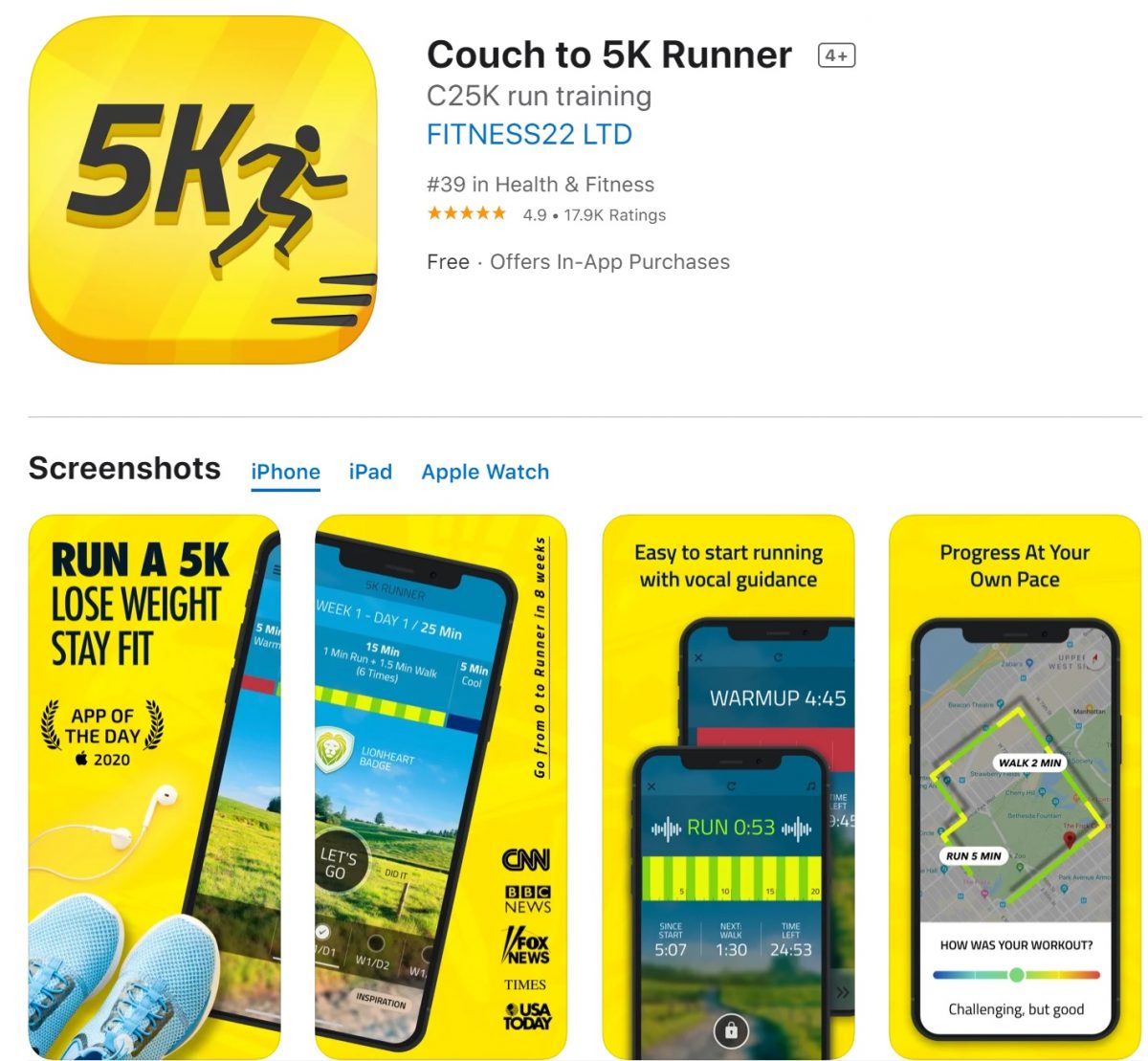Keep Your Runs Pain-Free and Enjoyable.
Running is a fantastic way to boost your fitness and clear your mind. You change into your running gear, do a few stretches that make you look like a seasoned athlete, and step out the front door. Aiming for a 5 km run? It’ll only take you about 30 minutes. A quick, easy way to exercise, perfectly suited to the busy, time poor life.
But let’s be real: running can be tough on the body. If you’re new to the scene or returning after a hiatus (hello, couch enthusiasts), injuries can sneak up on you faster than a toddler with a permanent marker. Even experienced runners aren’t off the hook—pushing for personal bests or training for that fun run your friend roped you into can lead to unexpected aches and pains.
The first thing to realise is that injury always happens when the load you’re imparting on the body exceeds its tolerance.
Common Running Injuries and How to avoid them
Starting from the ground up, here’s a rundown of common running injuries and tips to avoid them:
Foot Pain (Plantar Fasciitis)
What it is: Inflammation of the plantar fascia – the thick band of tissue connecting your heel bone to your toes.
How it feels: Like stepping on a LEGO every time you get out of bed.
Prevention tips:
- Wear supportive shoes with good arch support.
- Avoid sudden increases in running distance or intensity.
- Wear supportive shoes with good arch support.
Heel Pain (Achilles Tendinopathy)
Check out an article specifically on heel pain here.
What it is: Overuse of the Achilles tendon, causing pain and stiffness at the back of the heel.
How it feels: As if your heel cord is auditioning for the world’s tightest rope.
Prevention tips:
- Gradually increase your running load.
- Ensure proper footwear with heel cushioning.
Knee Pain (Runner’s Knee or IT Band Syndrome)
What it is: Pain around the kneecap or outer knee due to overuse or misalignment.
How it feels: A slow-developing ache that can develop into a sharp, burning pain around the outer part of the knee.
Prevention tips:
- Strengthen hip and thigh muscles.
- Pay attention to your running form. Check out this article
- Use foam rollers to loosen tight muscles.
- Gradually increase running load
Hip Pain (Gluteus Medius Tendinopathy or Trochanteric Bursitis)
What it is: Inflammation or strain of hip muscles, tendons and bursa.
How it feels: Aching around the outside of the hip. How you imagine it would feel like to have a fresh hip replacement.
Prevention tips:
- Include hip-strengthening exercises.
- Warm up thoroughly before running.
- Gradually increase your training load
Lower Back Pain (Quadratus Lumborum Spasm)
What it is: Muscle spasms in the lower back, often from poor form or weak core muscles.
How it feels: Bending over feels like the Tin Man attempting advanced yoga.
Prevention tips:
- Strengthen your core.
- Maintain good form and posture during runs.
- Stretch those hamstrings regularly.
- gradually increase running time
The Balancing Act: Load vs. Recovery
The body is an adaptation machine. It just needs the right amount of stimulus, and time, to allow it to adapt. Loading up too much too soon, and not allowing enough time to recover and adapt, leads to injury.
If you don’t push yourself hard enough, you won’t have much of an effect. Push yourself too hard, you’ll probably injure yourself. Often when you start exercising, you can feel OK running for 5 to 10 mins. You’ve really warmed up, and any stiffness, aches and pains, slowly fade away. But the next morning you can wake up, get out of bed and feel like you’ve suddenly aged 25 years.
Injuries often strike when the load you place on your body outpaces its ability to adapt.
Key principle: Gradually increase your running intensity and give yourself time to recover.
It’s all about balance – like eating kale and cake in the same week.
Tips to Keep You Running pain-free
Start Slow: Resist the urge to sprint out of the gate. Your future self (and muscles) will thank you.
Rest and Recover: Embrace rest days as part of your training. Netflix can be productive… for recovery.
Listen Up: Your body whispers before it screams. Pay attention to small aches before they become big problems.
Warm-Up and Cool Down: Yes, those stretches matter. They prepare your muscles and reduce soreness.
Gear Up Properly: Invest in good running shoes. If your runners have more Km’s on the odometer than your car, it’s time for an upgrade.
Stay Hydrated and Nourished: Water and balanced nutrition keep your body primed and ready for action.
The common recommendation to avoid all the previously mentioned injuries is to increase the running load gradually.
How? I hear you ask: The Couch to 5K Runner App
A great tool that we love, and strongly recommend is the Couch to 5K Runner App. It’s like having a personal trainer who doesn’t mind if you pause to tie your shoe (or catch your breath). The app guides you through a balanced program of walking and running intervals, over an 8 week period, helping you ramp up the load slowly and giving your body time to adapt to avoid injury when starting out or returning to running.
Check it out



Graeme Curran. Physiotherapist at PhysioCentral. Miranda.The Sutherland Shire.

Jasmine Watson. Physiotherapist at PhysioCentral. Miranda.The Sutherland Shire.
